Astronomy
-
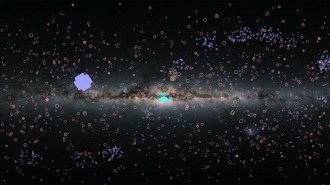 Astronomy
AstronomyNASA’s exoplanet count surges past 5,000
With a new batch of 60 confirmed exoplanets, the number of known worlds in our galaxy reaches another milestone.
By Liz Kruesi -
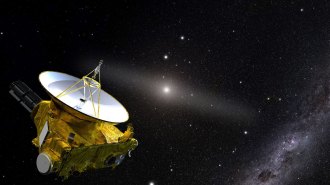 Astronomy
AstronomyThe universe’s background starlight is twice as bright as expected
Images from the New Horizons spacecraft suggest that light from all known galaxies accounts for only half of the cosmos’ visible background glow.
By Liz Kruesi -
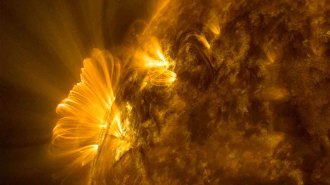 Astronomy
AstronomySome of the sun’s iconic coronal loops may be illusions
Folds in the plasma that streams from the sun might trick the eye into seeing the well-defined arches, computer simulations of the solar atmosphere show.
-
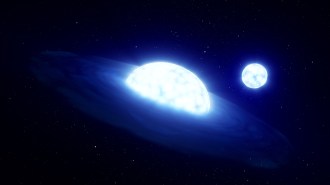 Astronomy
AstronomyEarth’s purported ‘nearest black hole’ isn’t a black hole
A disputed multiple-star system doesn’t have a black hole, as once reported, but is actually a missing piece in binary star evolution.
By Liz Kruesi -
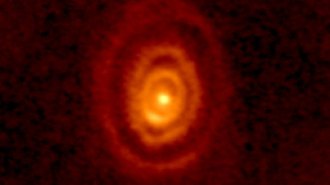 Astronomy
AstronomyA new image captures enormous gas rings encircling an aging red star
The rings, seen for the first time, provide insight into how giant stars lose mass and seed the cosmos with elements.
By Ken Croswell -
 Astronomy
AstronomyAstronomers may not have found a sign of the universe’s first stars after all
A new study of radio waves from early in the universe’s history finds no hint of the “cosmic dawn” claimed by an earlier study.
-
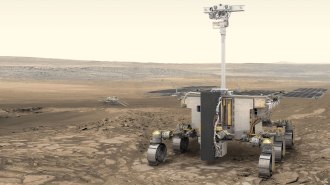 Space
SpaceHow Russia’s war in Ukraine hinders space research and exploration
A Mars rover, an X-ray telescope and several low-Earth satellites are at risk in response to international sanctions on Russia.
By Liz Kruesi -
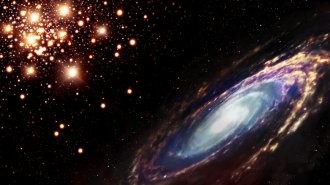 Astronomy
AstronomyA fast radio burst’s unlikely source may be a cluster of old stars
The burst’s origin in a globular cluster suggests that not all these enigmatic blasts come from young stellar populations.
-
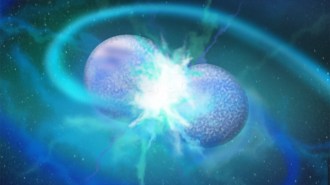 Astronomy
AstronomyA rare collision of dead stars can bring a new one to life
These carbon- and oxygen-covered stars may have formed from an unusual merging of two white dwarfs.
By Nikk Ogasa -
 Computing
ComputingCore memory weavers and Navajo women made the Apollo missions possible
The stories of the women who assembled integrated circuits and wove core memory for the Apollo missions remain largely unknown.
-
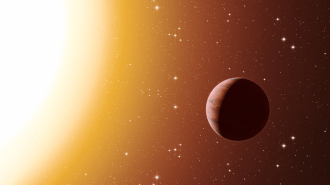 Astronomy
AstronomyHow ‘hot Jupiters’ may get their weirdly tight orbits
Gravitational kicks from other planets and stars can send giant worlds into orbits that bring them close to their suns.
By Ken Croswell -
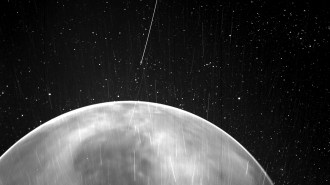 Planetary Science
Planetary ScienceThese are the first visible-light images of Venus’ surface captured from space
Cameras aboard NASA’s Parker Solar Probe managed to peer through Venus’ thick clouds to photograph the planet’s surface.
By Nikk Ogasa